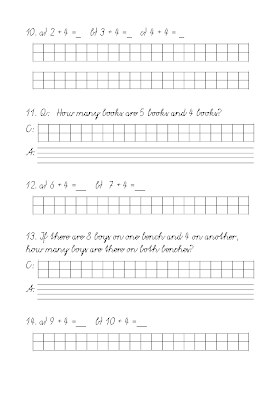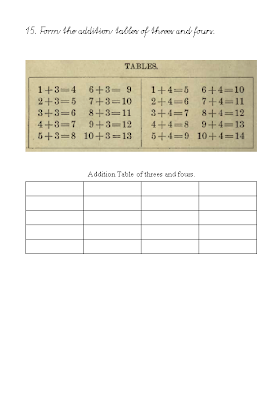

 As a mathematical operation, addition follows several important patterns. It is commutative, meaning that order does not matter, and it is associative, meaning that when one adds more than two numbers, order in which addition is performed does not matter (see Summation). Repeated addition of 1 is the same as counting; addition of 0 does not change a number. Addition also obeys predictable rules concerning related operations such as subtraction and multiplication. All of these rules can be proven, starting with the addition of natural numbers and generalizing up through the real numbers and beyond. General binary operations that continue these patterns are studied in abstract algebra.
As a mathematical operation, addition follows several important patterns. It is commutative, meaning that order does not matter, and it is associative, meaning that when one adds more than two numbers, order in which addition is performed does not matter (see Summation). Repeated addition of 1 is the same as counting; addition of 0 does not change a number. Addition also obeys predictable rules concerning related operations such as subtraction and multiplication. All of these rules can be proven, starting with the addition of natural numbers and generalizing up through the real numbers and beyond. General binary operations that continue these patterns are studied in abstract algebra. Performing addition is one of the simplest numerical tasks. Addition of very small numbers is accessible to toddlers; the most basic task, 1 + 1, can be performed by infants as young as five months and even some animals. In primary education, children learn to add numbers in the decimal system, starting with single digits and progressively tackling more difficult problems. Mechanical aids range from the ancient abacus to the modern computer, where research on the most efficient implementations of addition continues to this day.
Lessons in this series:
- Introduction and Lesson I
- Lesson II.
- Lesson III.
- Lesson IV.
- Lesson V
- Lesson VI
- Lesson VII.
- Lesson VIII.
- Lesson IX.
- Lesson X.
- Lesson XI.
- Lesson XII
- Lesson XIII.
- Lesson XIV.























































